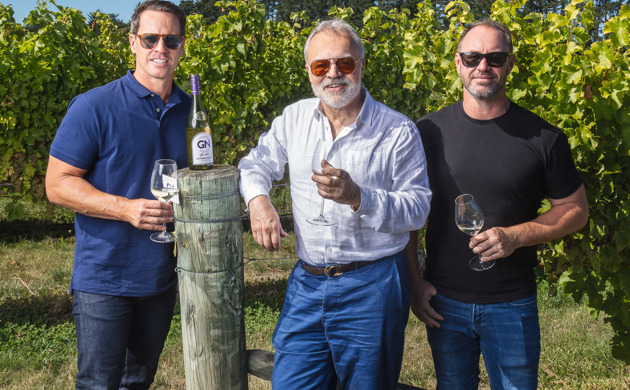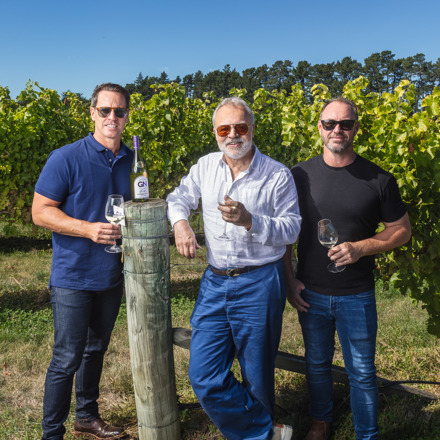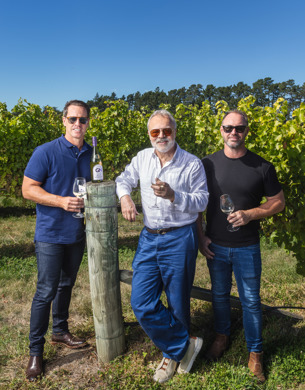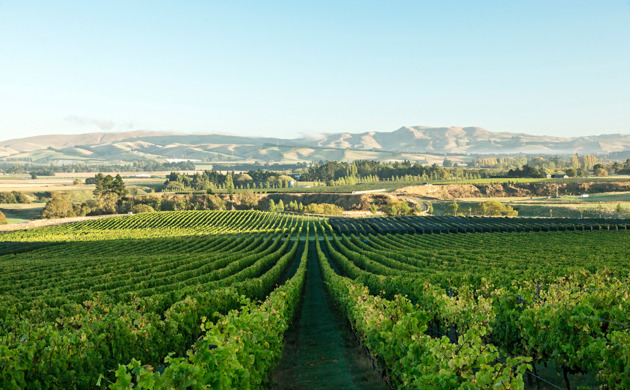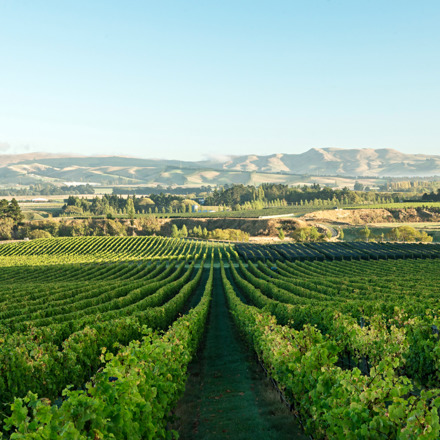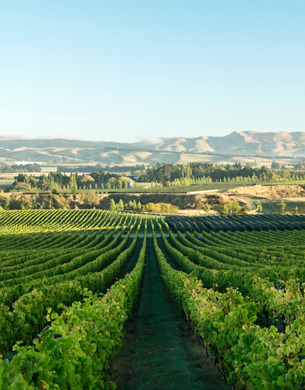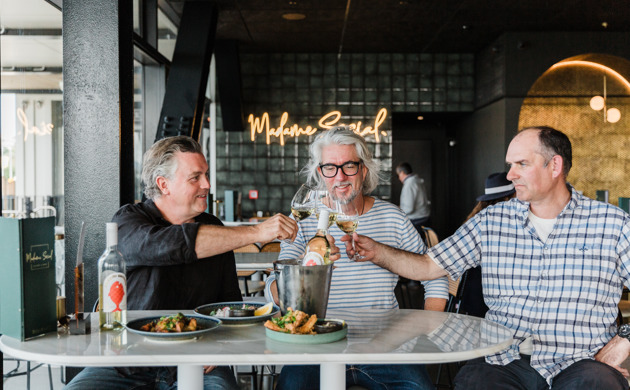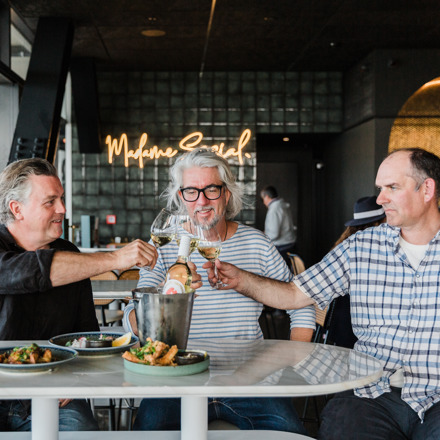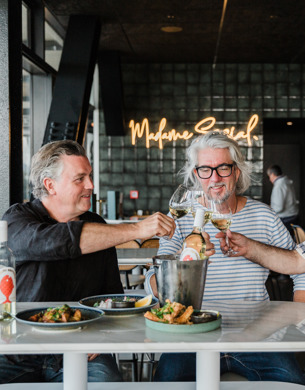Emma Jenkins’ MW Musings
An article caught my eye recently, claiming that millennials are increasingly turning to handmade, artisanal products. It argued this wasn’t just a fleeting fad, but “a profound movement that is reshaping consumer behaviour and values.” The piece was largely speculative, but as anyone watching declining global wine consumption knows, crystal ball-gazing millennial and their generational neighbours Gen Z’s behaviour is an extremely popular pastime.
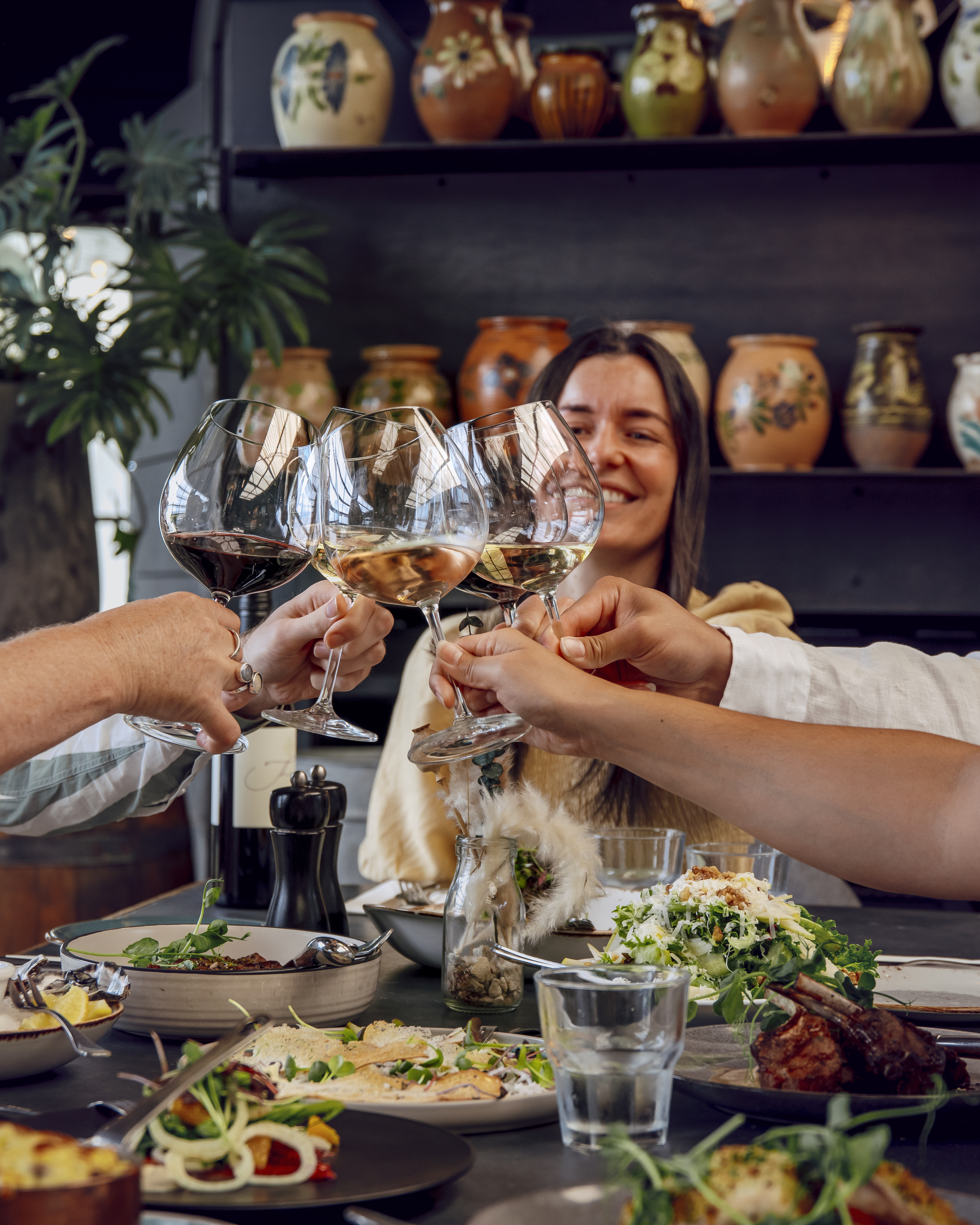
So why are handmade objects so appealing? In a world increasingly shaped by automation, efficiency, and mass production, their value might seem nostalgic or even obsolete. But handmade items represent intentionality – the use of skill, attention and time. They resist mass manufacturing’s disposable culture, and remind us that objects can be valued for their stories as much as their functions. There can be a moral and ethical dimension – an alternative to the cheap labour and environmental harm too often linked to factory lines and global supply chains. Aesthetically, handmade things bear the mark of their makers, slight imperfections and variations valued as character, not flaws. At a deeper level, making things by hand is a reminder of a slower pace of life and more intentional use of time. Of course, not every toothbrush or traffic cone needs the human touch, and handmade items tend to command premiums that not everyone can or wants to pay. But philosophically, they matter because they reconnect us to ourselves, to others, and to the world.
This seems like a promising avenue for wine, layered as it is with cultural, ethical, aesthetic and existential meanings. Wine is a process as much as it is a product. Transforming grapes into wine is not just a series of mechanical steps, it’s about choices, instincts and care. When done with intention, it justifies why we can say things like, “wine is more than just a drink”, with straight faces.
Wine can (should) carry the mark of its maker. Within the same vineyard, two winemakers can produce dramatically different expressions, depending on their philosophy and decisions. Mass produced, or so-called ‘industrial’ wine, is often criticised for stripping out identity and sense of place in pursuit of consistency, efficiency and scale. From an ethical and sustainability standpoint, such wines are less likely to emerge from vineyards prioritising biodiversity, regenerative farming or long-term ecological and social stewardship. It’s harder for consumers to make lasting relationships with producer or place. By contrast, ‘handmade’ wines are more likely to promote reflective engagement with what’s in the glass, and invite mindfulness – drinking perhaps less, but certainly better.
New Zealand wine is well-positioned to benefit from this growing appreciation for the handmade. Our inherently small-scale production, strong sustainability platform and relationship with the land means many producers already align with the values this new generation of consumer deeply values. Telling stories that convey the intersection of place and person, nature and culture, time and intention should be central to how we communicate, with the caveat that this must be always be grounded in authenticity.
Of course, many people, millennial or not, just want wine that tastes good, is affordable, and gets the job done. That’s totally valid. Life is busy, and sometimes we just want something to drink, without having to think too deeply about how it was made or by whom. Yet people still respond to the handmade, even if only unconsciously. They remember the bottle from the tiny winery they visited on holiday, or the one they shared on a special occasion. They might not talk about a tasting note, but they remember how a wine feels, and the difference between something made, and something manufactured. Once that connection is made, it’s hard to forget. The seed has been planted.
This article was first published in New Zealand Winegrower magazine issue 152 and is republished with permission.





